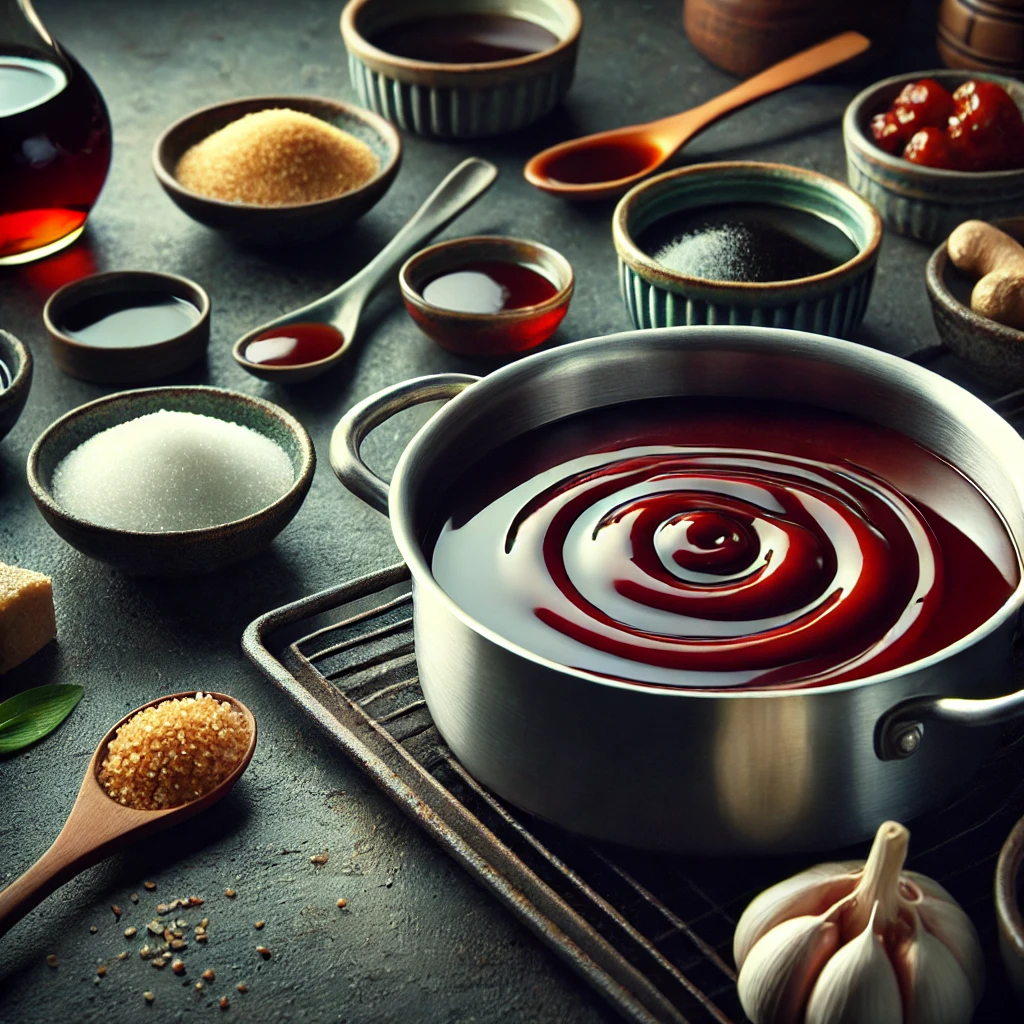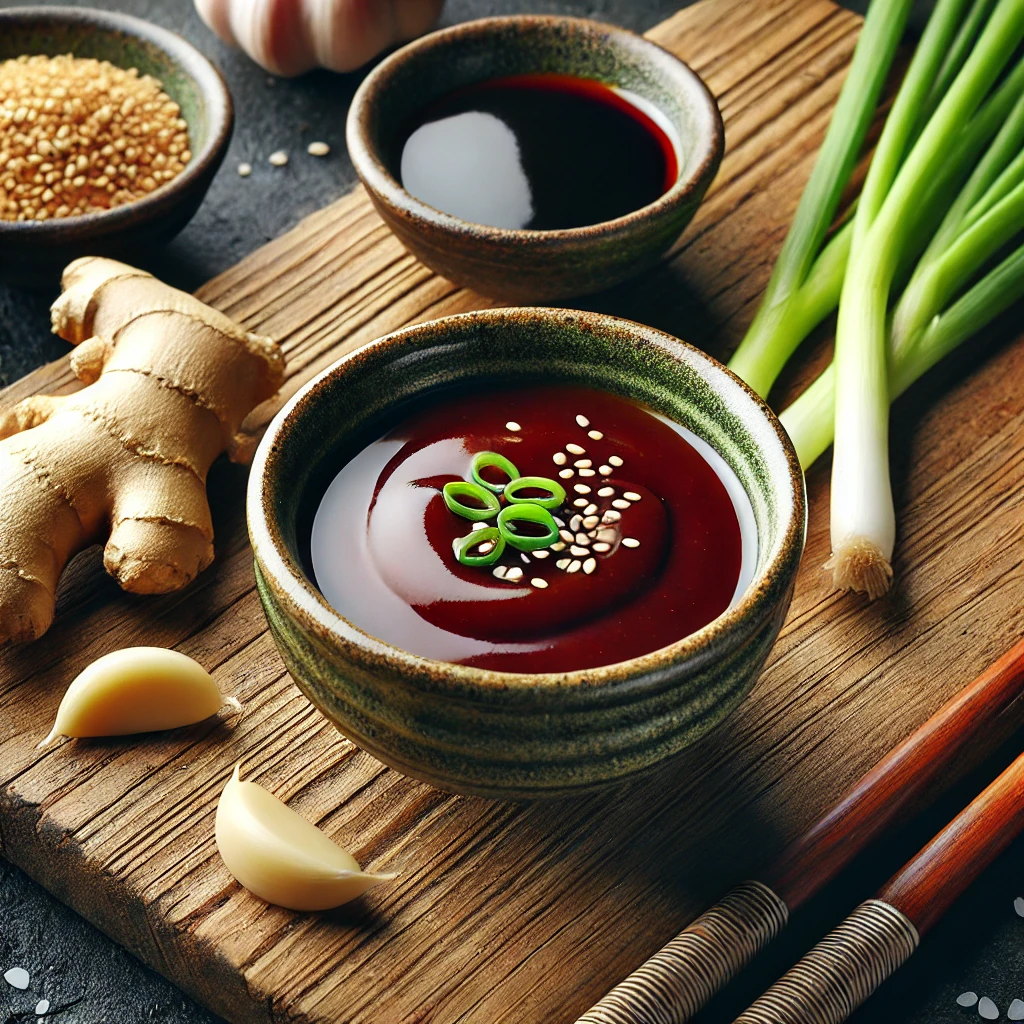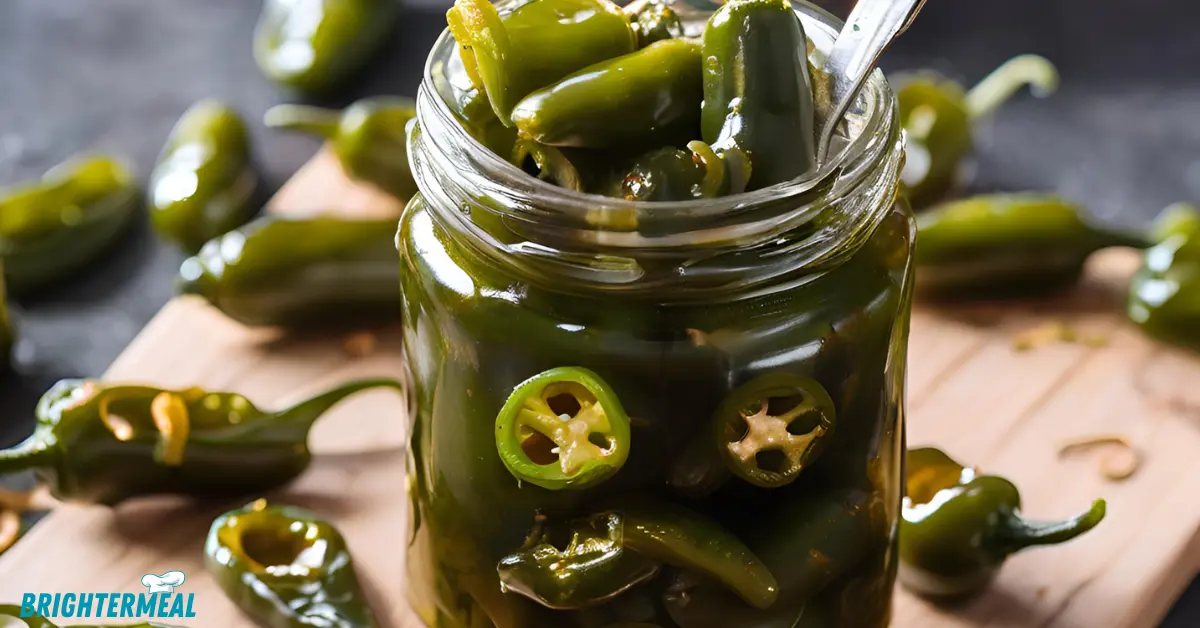Japanese bbq sauce recipe
Japanese bbq sauce recipe, also known as “Yakiniku no Tare,” is a rich, flavorful condiment that perfectly balances sweet, savory, and umami notes. Unlike the smoky, tangy flavors of traditional American BBQ sauces, this Japanese variant offers a more refined taste, featuring ingredients like soy sauce, mirin, and garlic. Making your own Japanese BBQ sauce at home is not only simple but also allows you to customize the flavors to suit your palate.

Why Make Your Own Japanese bbq sauce recipe?
Why settle for store-bought when you can create a fresh, authentic Japanese BBQ sauce right in your kitchen? Homemade sauce ensures you know exactly what goes into it, avoiding preservatives and excess sugars found in many commercial varieties. Plus, crafting your own sauce lets you tweak the recipe to achieve the perfect balance of flavors that complement your favorite dishes.
What is Japanese bbq sauce recipe?
Brief History and Origin
Japanese BBQ sauce is rooted in the culinary traditions of Japan, where it is commonly used to season and marinate meats for grilling. The sauce has evolved over time, blending traditional Japanese ingredients with flavors from other cultures to create a unique and versatile condiment.
Key Ingredients in Japanese BBQ Sauce
The foundation of Japanese BBQ sauce lies in its simple yet flavorful ingredients. Key components include soy sauce, mirin (a sweet rice wine), sugar or honey, garlic, ginger, and sometimes rice vinegar for a slight tang. These ingredients combine to create a sauce that enhances the natural flavors of the food it accompanies.

Why Japanese bbq sauce recipe is Unique
Flavor Profile
Japanese bbq sauce recipe is renowned for its delicate balance of sweet, salty, and umami flavors. The sweetness comes from sugar or honey, the saltiness from soy sauce, and the umami from fermented ingredients like soy sauce and mirin. This unique combination sets it apart from other BBQ sauces that might lean more heavily on one flavor profile.
Differences from Other BBQ Sauces
While American BBQ sauces often feature a smoky, tomato-based flavor, Japanese BBQ sauce focuses on a lighter, more balanced taste. The use of soy sauce and mirin gives it a distinctly Japanese flair, making it a versatile addition to a variety of dishes beyond just grilled meats.

Health Benefits of Japanese bbq sauce recipe
Nutritional Value of Ingredients
Japanese bbq sauce recipe is not only delicious but also packs a nutritional punch. Ingredients like garlic and ginger are known for their anti-inflammatory properties and can boost your immune system. Soy sauce provides a source of protein and essential amino acids, while mirin offers some vitamins and minerals.
Low-Calorie Benefits
Compared to other sauces, Japanese BBQ sauce is relatively low in calories, especially if you opt for low-sugar variations. This makes it a great option for those looking to enjoy flavorful meals without the added calories.
Essential Ingredients for Japanese bbq sauce recipe
Soy Sauce
Soy sauce forms the base of Japanese BBQ sauce, providing the salty, umami foundation that characterizes the flavor profile. Choose a high-quality soy sauce for the best results.
Mirin
Mirin is a sweet rice wine that adds a subtle sweetness and depth to the sauce. It is a staple in Japanese cooking and helps balance the salty notes of the soy sauce.
Sugar or Honey
To achieve the right amount of sweetness, you can use either sugar or honey. Honey adds a more complex flavor, while sugar gives a straightforward sweetness.
Garlic and Ginger
These two ingredients are essential for adding a robust, aromatic flavor to the sauce. Freshly grated garlic and ginger are recommended for the best taste.
Rice Vinegar
A small amount of rice vinegar adds a mild acidity to the sauce, enhancing the overall flavor and providing a slight tanginess.

Optional Ingredients for a Unique Twist
Sake
Adding sake can introduce a deeper flavor profile, making the sauce richer and more complex. This ingredient is optional but highly recommended for an authentic touch.
Chili Flakes
If you prefer a spicy kick, chili flakes can be added to taste. This is perfect for those who enjoy a bit of heat in their BBQ sauce.
Sesame Oil
A few drops of sesame oil can impart a nutty flavor, giving the sauce an additional layer of complexity.
How to make Japanese bbq sauce recipe
Preparing the Ingredients
Firstly, start by gathering all your ingredients: soy sauce, mirin, sugar or honey, garlic, ginger, rice vinegar, and any optional ingredients you wish to use.
Mixing and Simmering
Then, in a small saucepan, combine the soy sauce, mirin, sugar or honey, garlic, and ginger. Bring the mixture to a gentle simmer over medium heat, stirring occasionally. Allow the sauce to simmer for about 10-15 minutes so that the flavors meld together.
Adjusting Flavor to Taste
Finally, taste your sauce as it simmers and adjust the ingredients as needed. If you prefer a sweeter sauce, add more sugar or honey. Also, for a spicier version, sprinkle in some chili flakes.

Tips for Perfecting Your Sauce
Balancing Sweet and Savory
Firstly, achieving the perfect balance between sweet and savory is essential for a great Japanese BBQ sauce. Start with small amounts of sugar or honey, then adjust to your liking based on taste.
How to Achieve the Right Consistency
Also, the sauce should be thick enough to coat the back of a spoon but not overly thick. If your sauce is too thin, then let it simmer a bit longer to reduce. If it’s too thick, simply add a splash of water or soy sauce to thin it out.
Storing and Preserving Your Sauce
Finally, once your sauce is ready, let it cool completely before transferring it to an airtight container. Then, store it in the refrigerator for up to two weeks, or freeze it for longer shelf life.
Serving Suggestions for Japanese BBQ Sauce
Pairing with Meats
Firstly, Japanese BBQ sauce is perfect for pairing with grilled meats like beef, chicken, or pork. Its savory and sweet notes also complement the natural flavors of the meat, enhancing each bite.
Using as a Marinade
Then, this sauce works wonderfully as a marinade. Simply coat your meat or vegetables in the sauce and let it marinate for at least 30 minutes before grilling or cooking. This allows the flavors to fully penetrate the food, making it even more delicious.
Incorporating into Other Dishes
Finally, beyond grilling, you can incorporate Japanese BBQ sauce into other dishes. Use it in stir-fries, as a dipping sauce, or drizzle it over rice bowls for added flavor and a unique twist.

Common Mistakes to Avoid
Overpowering with Soy Sauce
Firstly, using too much soy sauce can make the sauce overly salty. So, stick to the recommended amounts and taste as you go to ensure a balanced flavor.
Skipping the Simmering Process
Also, avoid skipping the simmering process, as it is crucial for blending the flavors together. Skipping this step can result in a sauce that tastes raw or unbalanced.
Not Tasting as You Go
Finally, always taste your sauce as you cook. This allows you to adjust the seasoning as needed to achieve the perfect flavor.
Japanese BBQ Sauce Variations
Spicy Japanese BBQ Sauce
For a spicier version, increase the amount of chili flakes or add a dash of hot sauce.
Sweet Teriyaki-Inspired BBQ Sauce
To make a sweeter, teriyaki-style BBQ sauce, increase the amount of sugar or honey and add a bit more mirin.
Vegan Japanese BBQ Sauce
Ensure all ingredients are plant-based, such as using a vegan soy sauce and skipping honey in favor of a vegan-friendly sweetener like maple syrup.
Conclusion
Making your own Japanese BBQ sauce is a simple yet rewarding process that allows you to enjoy a fresh, customizable condiment at home. Whether you prefer it sweet, savory, spicy, or mild, this versatile sauce can be tailored to your tastes and used in a variety of dishes. So why not give it a try and elevate your next meal with a delicious homemade Japanese BBQ sauce?
Other Japanese bbq sauce recipes
FAQs
You can thicken the sauce by simmering it longer to reduce the liquid or by adding a small amount of cornstarch mixed with water.
If you don’t have mirin, you can use a combination of sake and sugar as a substitute.
Yes, Japanese BBQ sauce is excellent for grilling, either as a marinade or brushed on during the grilling process.
Yes, you can use a sugar substitute like stevia or monk fruit to make a sugar-free version.
Store leftover sauce in an airtight container in the refrigerator for up to two weeks, or freeze it for longer storage.
Love this recipe? Give it a ⭐⭐⭐⭐⭐ review in the recipe card below!

Japanese bbq sauce recipe
Ingredients
- 1/2 cup soy sauce
- 1/4 cup mirin
- 1/4 cup sugar or honey
- 2 cloves garlic minced
- 1 tablespoon fresh ginger grated
- 1 tablespoon rice vinegar
- Optional: 1 tablespoon sake 1/2 teaspoon chili flakes, 1 teaspoon sesame oil
Instructions
- Prepare the Ingredients: Start by gathering all your ingredients. Mince the garlic and grate the ginger.
- Combine the Ingredients: In a small saucepan, combine the soy sauce, mirin, sugar or honey, minced garlic, and grated ginger.
- Simmer the Sauce: Bring the mixture to a gentle simmer over medium heat, stirring occasionally. Let the sauce simmer for about 10-15 minutes, allowing the flavors to meld together.
- Adjust the Flavor: Taste the sauce as it simmers and adjust the ingredients as needed. For a sweeter sauce, add more sugar or honey. For a spicier kick, add chili flakes.
- Achieve the Desired Consistency: Continue simmering until the sauce is thick enough to coat the back of a spoon. If it’s too thick, add a splash of water or soy sauce; if too thin, simmer a bit longer.
- Cool and Store: Once the sauce has reached the desired consistency, remove it from heat and let it cool completely. Transfer to an airtight container and store in the refrigerator for up to two weeks, or freeze for longer storage.
Notes
Nutrition
So, If you enjoy, please Follow my facebook page to be notified every time I publish a recipe!








make it and enjoy
Only wanna say that this is invaluable, Thanks for taking your time to write this.